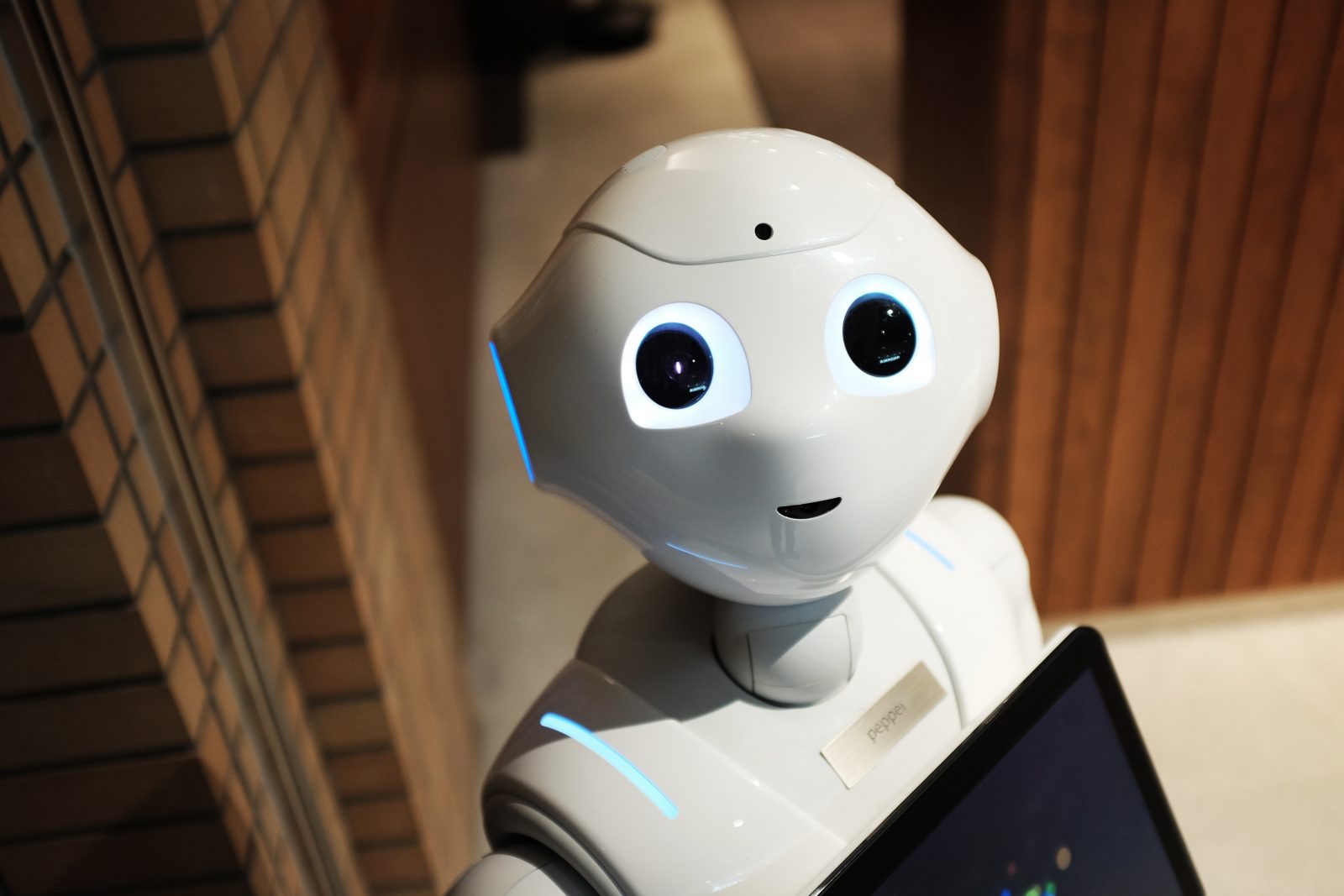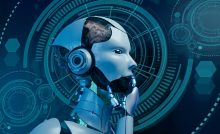Automation vs Ai


I. Introduction
In recent years, the terms “AI” and “automation” have become increasingly common in discussions about technology and its impact on society. Both of these terms refer to the use of machines to perform tasks that were previously only possible for humans. However, despite their similarities, there are some important differences between AI and automation that are worth exploring. Understanding these differences is essential for anyone who wants to stay up-to-date with the latest technological advancements and their potential impact on various industries. In this blog post, we will take a closer look at the difference between AI and automation, and why it matters in today’s world.
AI, or artificial intelligence, is the simulation of human intelligence processes by computer systems. It involves the development of algorithms and models that enable machines to perform tasks that typically require human-level intelligence, such as perception, reasoning, decision-making, and learning. AI can be classified into various categories, including machine learning, natural language processing, computer vision, and robotics.
On the other hand, automation refers to the use of technology to automate repetitive, rule-based, or manual tasks. Automation can range from simple, straightforward tasks such as setting up email filters to complex industrial processes involving advanced robotics and control systems. Automation can increase efficiency, reduce errors, and improve productivity.
The main difference between AI and automation is that AI involves the development of algorithms and models that enable machines to perform tasks that typically require human-level intelligence, while automation focuses on using technology to automate repetitive or manual tasks, often without any level of intelligence or decision-making capability. In other words, AI involves machines that can think and learn, while automation involves machines that can perform predefined actions. However, AI can be used to enable automation, making it more intelligent and effective.
II. What is AI?
Definition of AI and its subfields (machine learning, natural language processing, computer vision, robotics)
AI, or artificial intelligence, is the field of computer science that is dedicated to developing machines that can perform tasks that would typically require human-level intelligence. AI systems are designed to perceive their environment, reason about it, and make decisions accordingly. AI can be broken down into several subfields, each with its own focus and applications:
- Machine Learning: Machine learning is a subfield of AI that involves developing algorithms and models that enable machines to learn from data without being explicitly programmed. In other words, the machine is trained on a large dataset and can use that training to make predictions or decisions about new data.
- Natural Language Processing (NLP): NLP is a subfield of AI that focuses on enabling machines to understand and interact with human language. NLP technologies can be used to build chatbots, virtual assistants, and other systems that can communicate with humans in natural language.
- Computer Vision: Computer vision is a subfield of AI that focuses on enabling machines to interpret and understand visual information from the world around them. This technology is used in applications such as facial recognition, object detection, and image classification.
- Robotics: Robotics is a subfield of AI that involves the design and development of machines that can interact with their environment in a physical way. Robotics technology is used in applications such as manufacturing, healthcare, and space exploration.
Overall, AI is a broad and complex field that encompasses a wide range of technologies and applications. Understanding the different subfields of AI is essential for anyone looking to understand the capabilities and limitations of AI systems.
Explanation of how AI works
AI works by using complex algorithms and models to enable machines to perform tasks that were previously only possible for humans. These algorithms and models are designed to learn from data, enabling the machine to recognize patterns, make predictions, and make decisions based on that data.
The process of building an AI system typically involves several steps. First, the developers must choose the appropriate algorithms and models for the task at hand. These algorithms and models are then trained on a large dataset, which enables the machine to learn from that data and make predictions or decisions about new data.
Once the machine has been trained, it can be deployed to perform the desired task. For example, an AI-powered chatbot can be deployed to answer customer questions in a natural language conversation. As the chatbot interacts with more and more customers, it continues to learn and improve its performance over time.
AI systems can be designed to perform a wide range of tasks, from simple calculations to complex decision-making. However, it’s important to note that AI systems are not perfect and may make mistakes or errors in certain situations. Therefore, it’s essential to understand the limitations of AI systems and use them appropriately.
Examples of AI in action (chatbots, self-driving cars, recommender systems)
AI is already being used in a wide range of applications across various industries. Here are a few examples of AI in action:
- Chatbots: AI-powered chatbots are becoming increasingly common in customer service applications. These chatbots can answer questions, provide recommendations, and even carry out transactions, all through natural language conversation.
- Self-driving cars: Self-driving cars are an example of AI-powered robotics technology. These vehicles use sensors and machine learning algorithms to navigate the roads and make decisions in real-time.
- Recommender systems: Many online services, such as Netflix and Amazon, use AI-powered recommender systems to suggest movies, TV shows, or products to their customers. These systems analyze customer data to identify patterns and make personalized recommendations.
- Fraud detection: AI can be used to detect fraudulent activity in banking and financial systems. Machine learning algorithms can analyze transaction data to identify patterns that are indicative of fraudulent activity, enabling the system to flag suspicious transactions in real-time.
These examples illustrate the power and versatility of AI technology. As AI continues to advance, we can expect to see it used in an increasing number of applications across various industries.
III. What is Automation?
Automation refers to the use of technology to perform tasks with minimal human intervention. Automation systems are designed to reduce human error, increase efficiency, and improve overall productivity. Here are some key points to understand about automation:
Definition of automation:
Automation involves the use of technology to perform tasks that were previously done manually. This technology can be anything from a simple machine to a complex software system.
Explanation of how automation works:
Automation systems are designed to follow a set of predefined rules or instructions. These rules dictate how the system should perform a given task, and the system follows those rules automatically without requiring human intervention. For example, an email filter can automatically sort incoming emails into different folders based on predefined criteria, such as sender or subject line.
Examples of automation in action:
Automation is used in a wide range of applications across various industries. Here are a few examples of automation in action:
- Email filters: Email filters use automation technology to automatically sort incoming emails into different folders based on predefined criteria, such as sender or subject line.
- Assembly line robots: Robotics technology is used in manufacturing to automate repetitive tasks such as assembling components. These robots can work continuously without getting tired or making mistakes, improving overall efficiency.
- Smart home devices: Smart home devices such as thermostats, lighting systems, and security cameras use automation technology to perform tasks automatically based on predefined rules or user preferences.
Automation is a powerful tool for improving efficiency and productivity across various industries. As technology continues to advance, we can expect to see automation used in an increasing number of applications.
IV. Key Differences between AI and Automation
While AI and automation are both technology-driven approaches, they are fundamentally different in their goals, functionalities, and applications. Here are the key differences between AI and automation:
Goal:
The goal of AI is to enable machines to learn, reason, and make decisions like humans. The goal of automation is to automate manual and repetitive tasks to improve efficiency and productivity.
Functionality:
AI systems can adapt and learn from data, make predictions, and perform complex tasks that require reasoning and decision-making abilities. Automation systems, on the other hand, can only perform predefined tasks that follow set rules or instructions.
Applications:
AI is used in applications that require human-like intelligence, such as natural language processing, computer vision, and robotics. Automation is used in applications that involve routine and repetitive tasks, such as email filters, assembly line robots, and smart home devices.
While there may be some overlap between the two approaches, it’s important to understand their distinct differences to use them effectively. In general, AI is best suited for applications that require reasoning, decision-making, and human-like intelligence, while automation is ideal for tasks that are manual, repetitive, and rule-based.
V. Conclusion
In conclusion, AI and automation are two technology-driven approaches that are transforming various industries and applications. While they share some similarities, they have distinct differences in their goals, functionalities, and applications. As technology continues to advance, we can expect to see both AI and automation used in an increasing number of applications, each serving a unique purpose in improving efficiency, productivity, and performance.
Explain this to a 10 year old
Have you ever heard of AI and automation? They’re both really cool technology-driven approaches that are changing the way things are done in different industries. AI stands for “Artificial Intelligence”, which means it’s like teaching machines to think and make decisions like humans. There are different kinds of AI, like teaching machines to understand language, recognize images, or move like a person. For example, have you ever played a game where you talk to a computer and it talks back? That’s one example of AI!
On the other hand, automation is all about using technology to do things that people used to have to do by hand. This can be as simple as a machine that helps sort your emails, or as complicated as a robot that helps build cars! Automation helps make things faster and more efficient, and it frees people up to do other important tasks.
AI and automation have some things in common, but they are also different. AI is really good at doing things that require thinking and decision-making, while automation is best for tasks that are repetitive and follow a set of rules. As technology keeps improving, we’ll see more and more ways that AI and automation can make our lives better!
Recent Posts
Teaming Up at Innovation’s Intersection
Kicking off with a Bang on Collaboration We're wrapping up our thrilling ride through AI…
Mastering Project Management in AI Implementation: A Comprehensive Guide
Overview In the evolving landscape of AI implementation, where innovation meets complexity, the mastery of…
Beyond Buzzwords: Strategic Integration of AI into Your Business Operations
In the dynamic world of tech evolution, Artificial Intelligence (AI) has not only become a…
Navigating the AI Maze: How to Choose the Right Tools for Your Business
As we delve deeper into the AI revolution, businesses are increasingly faced with a daunting…
The AI Revolution: Embracing Change in the Digital Age
Day 1: The AI Revolution: Embracing Change in the Digital Age Welcome to the dawn…
Navigating the AI Maze: Unraveling the Challenges and Limitations in the Corporate Sphere
1. Introduction: Embracing AI with Eyes Wide Open The dawn of artificial intelligence (AI) in…


